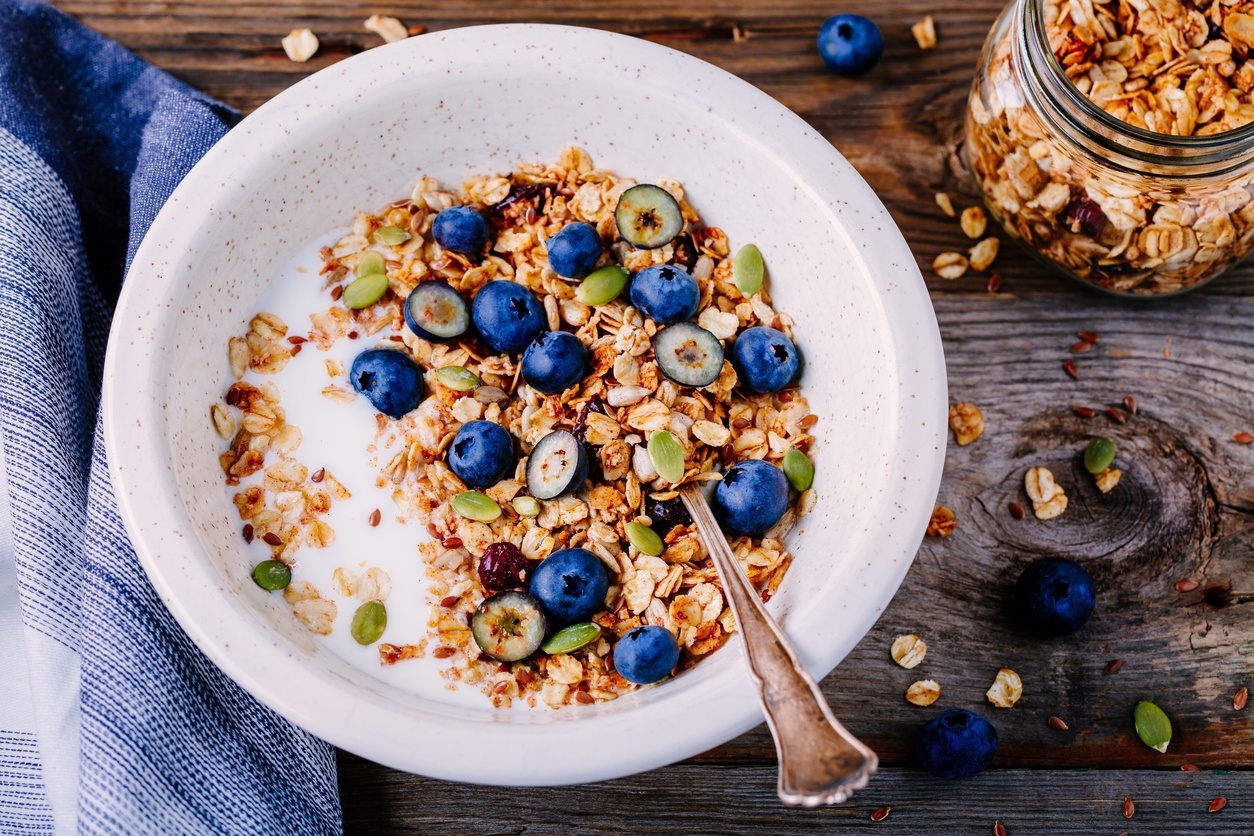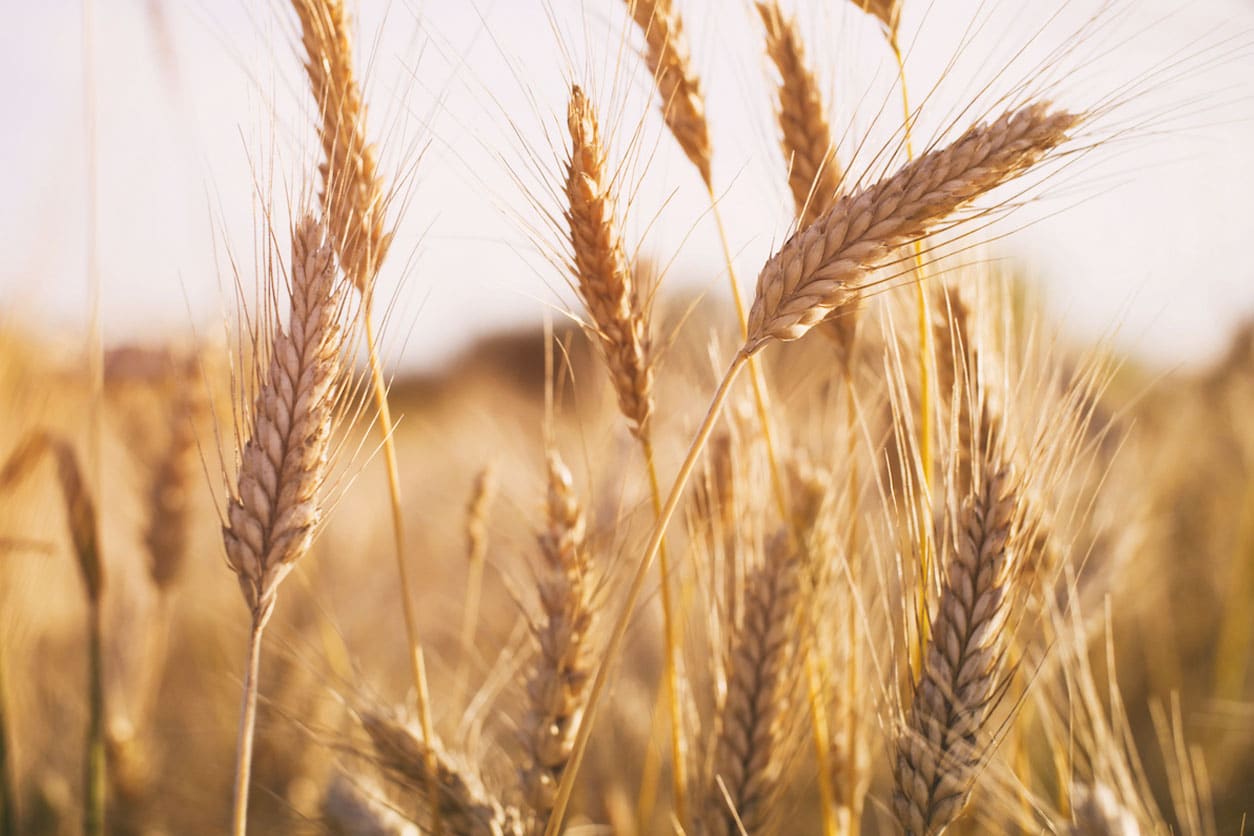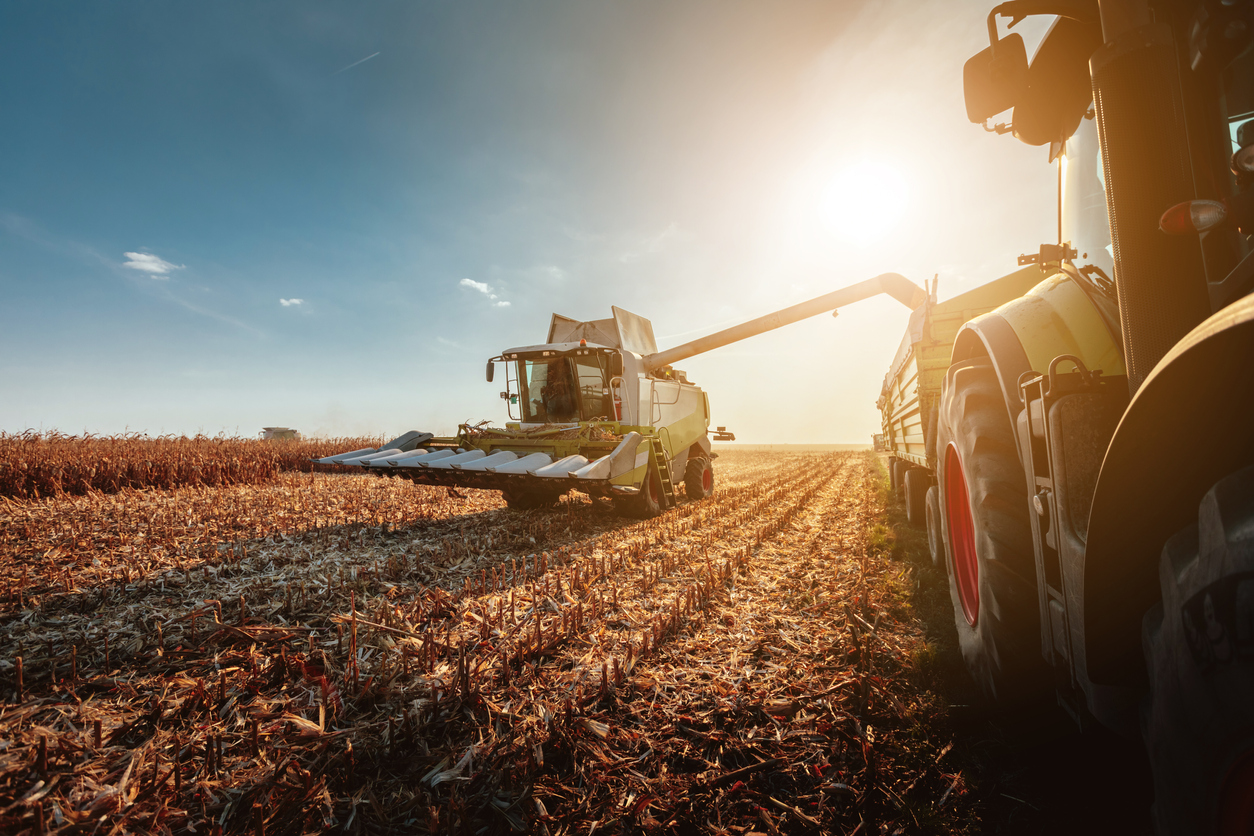What is starch?
Starch is the most common carbohydrate in our diet.What is starch?

What is starch? Starch is more than simply a type of carbohydrate used to make functional ingredients – it is actually a common carbohydrate in the human diet. This is because starch is naturally present in many of those things we eat every day such as cereals, vegetables, pasta, bread, rice, beans and potatoes.
Like any other carbohydrate, foods with starch provide the energy needed for our brains and muscles to properly function. This energy is released through the starch digestion process. Nutritionists agree that a healthy, balanced diet needs carbohydrates as an important component alongside fats, proteins, dairy etc. The European Food Safety Authority (EFSA) recommends that our intake of carbohydrates, including carbohydrates from starchy foods, should make up between 45 and 60 per cent of the total energy intake for adults and children.
Starch is made up of a long chain of glucose molecules, a bit like beads on a necklace. Glucose is a monosaccharide, i.e. a single unit of sugar. The word Mono comes from Greek, meaning one, and saccharide – which is also Greek – which means sugar. Monosaccharides commonly found in food are glucose, fructose and galactose.
These shorter chains of glucose units are called starch hydrolysates. Hydrolysis is a process that uses water to break down molecules into smaller molecules. A longer chain is called a maltodextrin. Shorter chains are called glucose syrups and a single glucose molecule is called dextrose.
Starch on your dinner table
Starch is a natural ingredient made from plants grown on arable farms.
The starch produced in Europe comes from cereals, such as wheat, maize and barley and root vegetables, such as potatoes. It is a natural product made from agricultural raw materials. More than 90 per cent of the starch-based ingredients we produce in the EU comes from plant material grown in the Europe. It is an essential part of our farming economy. In fact, in the EU, we produce an incredible 10.8 million tonnes of starch-based ingredients annually.


To make all this starch, we rely on about 100,000 European farmers to harvest:
8.5 million tons of maize
8 million tons of wheat
7 million tons of potatoes
The wheat, maize and potatoes go from the farms to 75 different plants where they are crushed, milled and sieved, mixed and dried and turned into a huge variety of ingredients.
